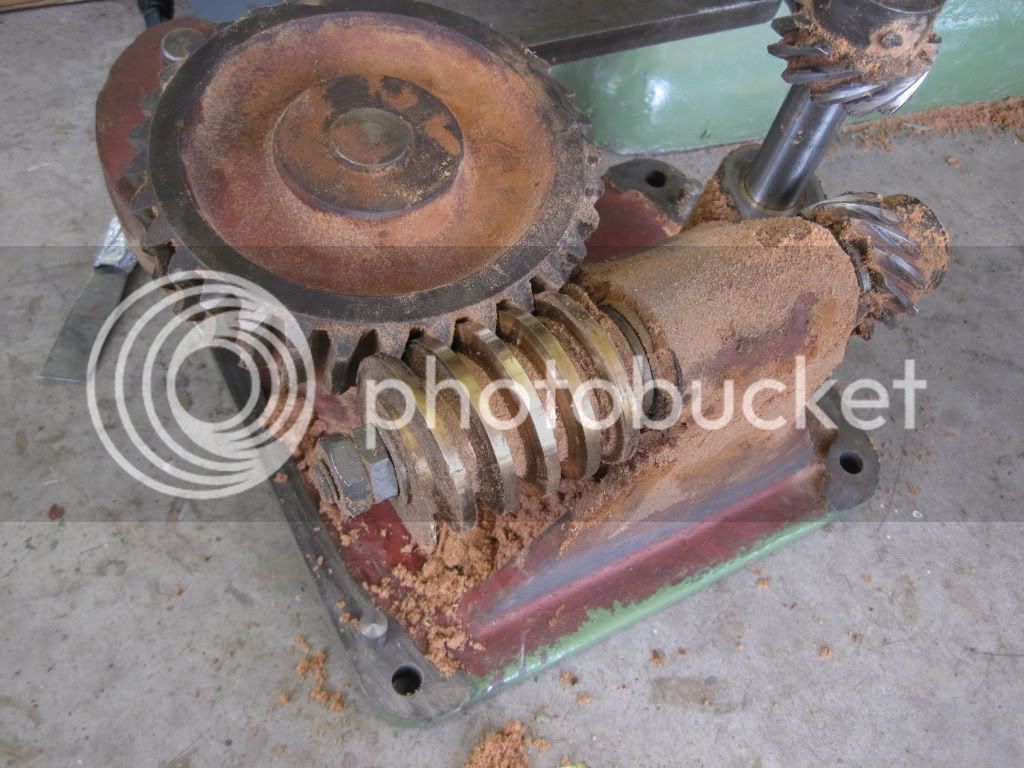wallace
Established Member
Spent a good while prepping the saw today, all the little dings and casting inperfections sanded.

Then a good hoover of the workshop and extractor on for an hour ready to zinc prime.

I also cleaned up the wadkin writing with a dremmel

Then a good hoover of the workshop and extractor on for an hour ready to zinc prime.

I also cleaned up the wadkin writing with a dremmel









































